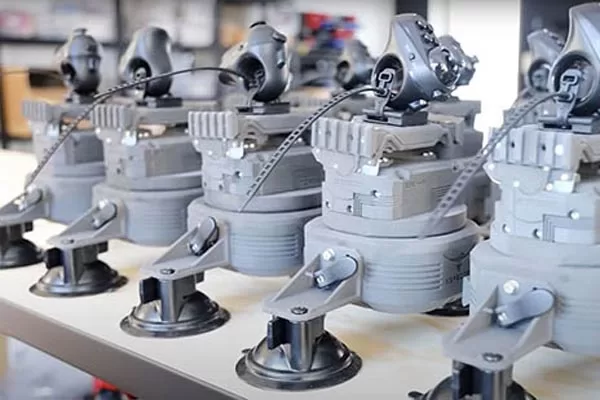Low-volume manufacturing is a popular approach for producing small quantities of products efficiently and cost-effectively. However, managing low-volume manufacturing runs can be challenging, especially when controlling costs. This article explores three cost-effective ways to manage low-volume manufacturing runs.
Streamline Your Supply Chain
One of the most effective ways to reduce costs in low-volume manufacturing is to streamline your supply chain. This involves identifying and eliminating inefficiencies or bottlenecks that can drive up costs and cause delays.
Start by examining every step in the supply chain, from sourcing raw materials to delivering the finished product to customers. Look for opportunities to reduce waste, optimize production processes, and minimize transportation costs.
One way to streamline the supply chain is to work closely with your suppliers and other partners to improve communication and collaboration. This can help you identify potential issues early on and take proactive steps to address them before they become more significant problems.
Another effective strategy is to use technology tools to improve supply chain visibility and control. This can include using automated inventory management systems, real-time tracking of shipments, and analytics tools to analyze and optimize supply chain performance.
Optimize Your Manufacturing Processes
Optimizing your manufacturing processes is another critical strategy for reducing costs in low-volume manufacturing. By identifying and eliminating inefficiencies and waste in your production processes, you can reduce the price per unit and improve your bottom line.
Start by mapping out your entire manufacturing process and identifying areas where waste or inefficiencies occur. This includes everything from material waste to machine downtime and high labor costs.
Next, look for ways to improve the efficiency of each step in the process. This may involve automating specific tasks, optimizing the production line layout, or implementing lean manufacturing principles to eliminate waste and improve efficiency.
In addition, consider implementing quality control measures throughout the production process to minimize the risk of defects or errors that can drive up costs and impact customer satisfaction.

Low-volume products
Leverage Digital Manufacturing Technologies
Digital manufacturing technologies, such as 3D printing and CNC machining, can also be highly effective in reducing costs in low-volume manufacturing. These technologies offer several benefits, including reduced lead times, improved quality control, and lower costs per unit.
3D printing, for example, allows you to quickly and easily produce small quantities of highly customized parts or products without the need for expensive molds or tooling. This can be especially useful for low-volume manufacturing runs that require high levels of customization or flexibility.
Similarly, CNC machining offers high precision and accuracy, making it ideal for producing complex parts or products with tight tolerances. By leveraging digital manufacturing technologies, you can reduce the cost per unit and improve your overall production efficiency.
Conclusion
Managing low-volume manufacturing runs can be challenging, especially when controlling costs. However, by streamlining your supply chain, optimizing your manufacturing processes, and leveraging digital manufacturing technologies, you can reduce costs, improve efficiency, and maintain high levels of quality in your low-volume manufacturing runs. These strategies can help you achieve your business goals and stay competitive in today’s rapidly changing manufacturing landscape.
